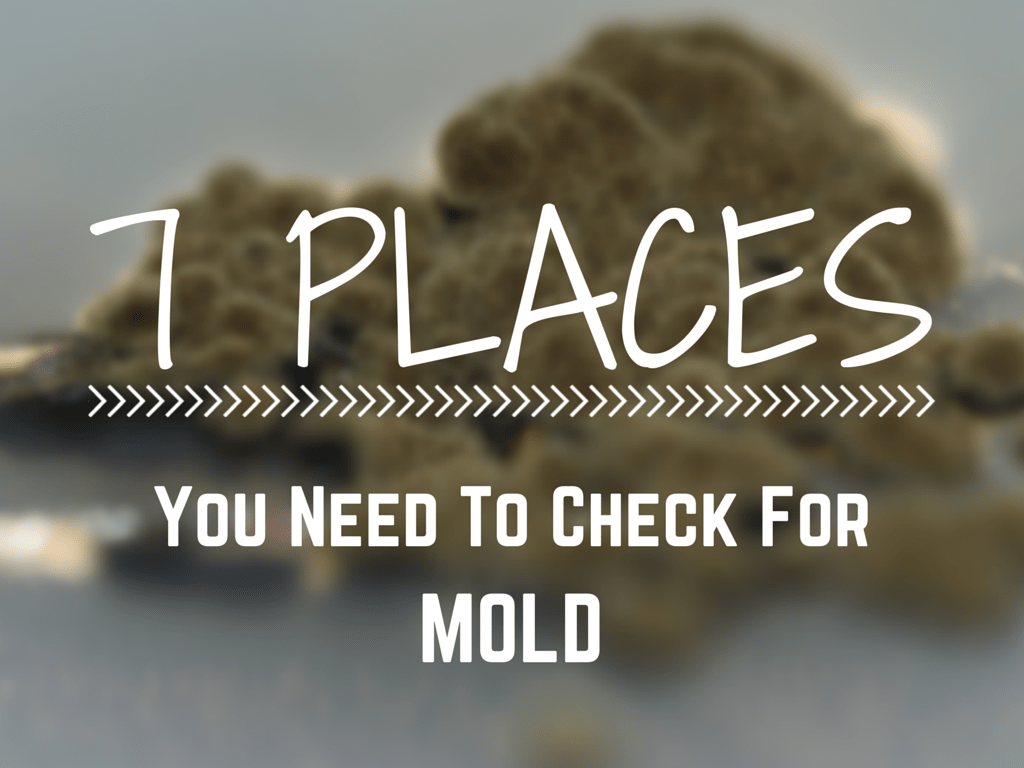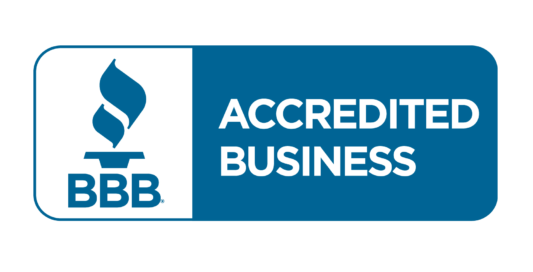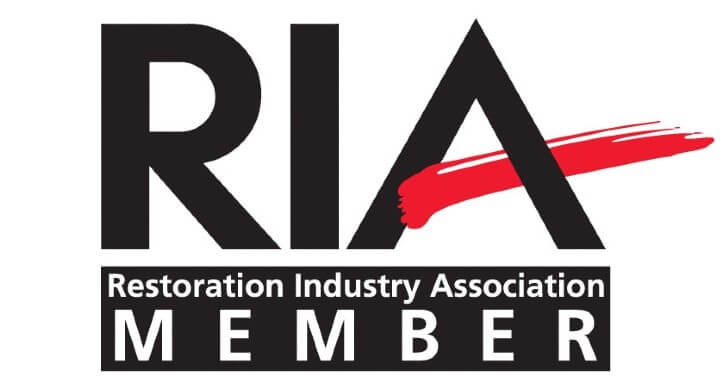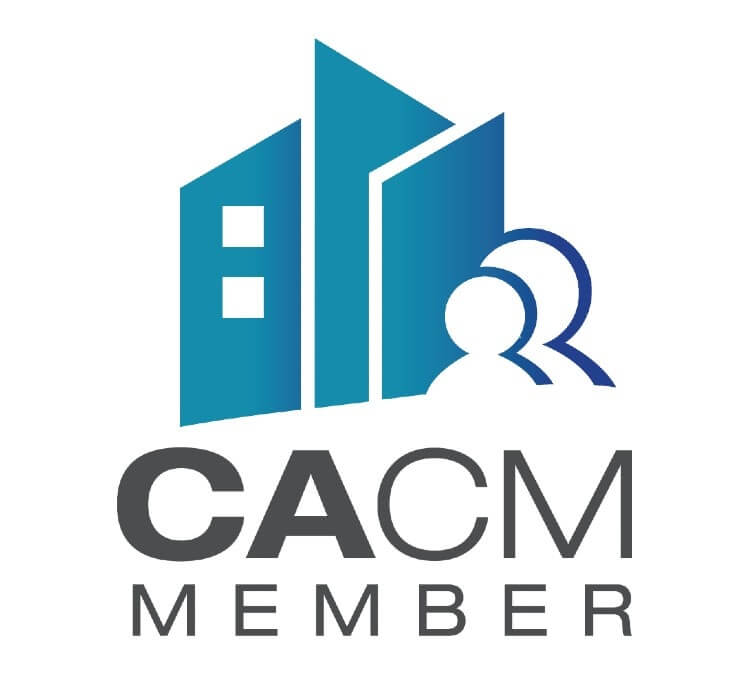Mold Restoration
Mold can grow almost anywhere in or around your home, especially after flood damage. San Diego’s warm weather creates ideal conditions for mold, thriving on moisture and heat. If anything wet is left for over 24 hours, mold can start to develop. Mold spores can remain dormant for months or even years until they find the right conditions to flourish. Here are seven common places that may require mold restoration in your home.
1. Bathroom Mold
The bathroom is a prime location for mold growth due to the constant moisture present. Mold can thrive under sinks, around toilets, on wet towels, and on shower curtains. Neglected areas, such as cracks between ceramic tiles, can allow moisture to seep behind walls, leading to costly mold damage. Regular checks can help you avoid expensive mold restoration services.
2. Kitchen Mold
The kitchen is another common area for mold, often hiding in small leaks under the sink, near the dishwasher, or behind the refrigerator. Check these spots monthly to catch leaks before they become a significant mold problem.
3. Basement Mold
Older homes and those with poor drainage or foundation issues are particularly susceptible to basement mold. While San Diego homes may not have large basements, it’s still vital to inspect them regularly, as moisture can accumulate and ruin keepsakes stored in cardboard boxes.
4. Window Mold
Mold often appears around the edges of metal-framed or wood windows due to condensation that accumulates, particularly in winter. Regularly inspect window sills and frames to prevent mold growth.
5. Attic Mold
Mold can flourish in attics with poor ventilation or roof leaks. Warm air rises, providing a perfect breeding ground for mold. Since attics are often out of sight, it’s crucial to inspect them periodically to avoid significant mold restoration projects.
6. Carpet Mold
At Certified Restoration, we frequently encounter carpet mold, especially after water damage. Mold can develop on the underside of carpets due to leaks, flooding, or even overwatering plants. Prompt mold restoration is essential to prevent further damage.
7. Laundry Room Mold
The laundry room is another wet area prone to mold growth. Regularly check behind and under the washing machine for slow leaks and monitor the floor for stains or moisture damage.
In addition to these areas, keep an eye on paper, cardboard, wood, carpets, and old food in the fridge, as they can all be breeding grounds for mold. Mold can grow on any organic material where nutrients are present, so it’s crucial to remain vigilant.
Due to potential health risks associated with mold, we highly recommend calling a mold remediation expert like Certified Restoration. However, if you choose to tackle the problem yourself, consider downloading the EPA Guide to Mold and Moisture.
At Certified Restoration, we specialize in flood damage restoration in San Diego and mold remediation. If you have questions or need assistance with mold issues, please call us at (619) 373-0585. We’re here to help 24/7!
“Disclaimer: This article is for general information ONLY and is not intended to be legal, medical, or scientific advice. The proper approach to each project must be determined on a case-by-case basis. Certified Restoration always recommends that you call a certified restoration professional, especially when there are children, elderly, or individuals with health conditions residing in the property. “




